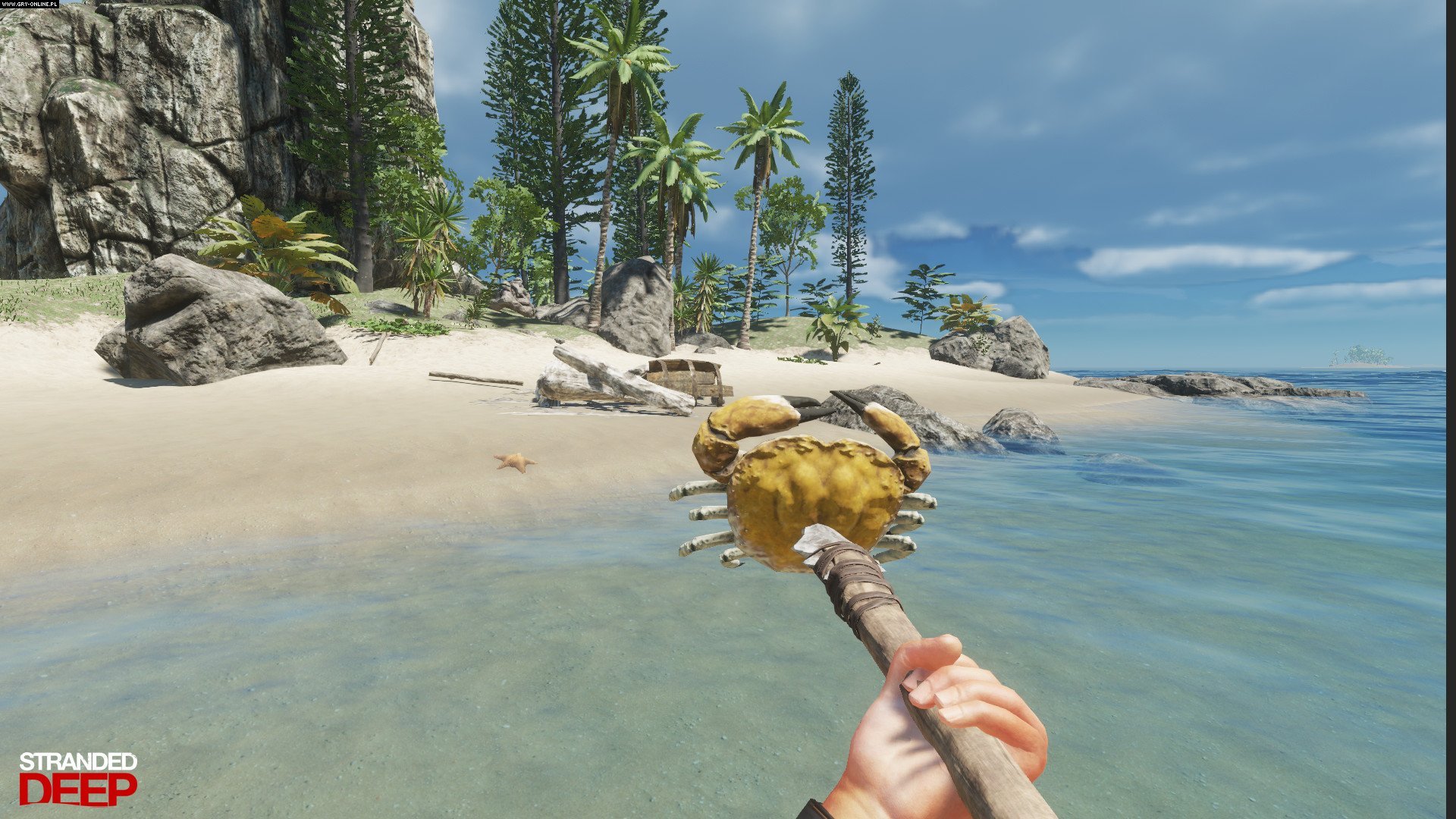

pelliculosa, and toxic algae caused metabolic disorders, immune injury, and poor physiological status. aeruginosa treatment significantly ( p < 0.05) enhanced levels of immune enzymes (alkaline phosphatase (AKP), superoxide dismutase (SOD), and catalase (CAT)) and genes (HcIL-17 and IAP) on day 1 or 7, and there was a significant ( p < 0.05) reduction on day 28. pelliculosa treatments significantly ( p < 0.05) reduced activities of these metabolic parameters.


diet could significantly ( p < 0.05) maintain higher levels of metabolic enzymes (glutamic oxaloacetate transaminase (GOT), glutamic pyruvate transaminase (GPT), pyruvate kinase (PK), and hexokinase (HK)) and genes (CPT1 and LDLR). cumingii, levels of related enzymes and genes were analyzed during the 28-day exposure period. To contrast molecular and biochemical effects of high-quality microalgal diets ( Chlorella vulgaris, Navicula pelliculosa, and Cyclotella sp.) with toxic Microcystis aeruginosa on metabolism and immune physiology of H. cumingii or applying it to bivalve biomanipulation for controlling water eutrophication needs urgent studies about the selection of suitable algae and the effects of different microalgae on mussel physiology. Realizing sustainable industrialized culture of H. Hyriopsis cumingii has attracted attention because of its pearl production performance and water purification capacity. College of Fisheries, Key Laboratory of Freshwater Fish Reproduction and Development, Ministry of Education, and Research Center of Fishery Resources and Environment, Southwest University, Chongqing, China.Yu Sun, Kefan Guo, Xiaobo Yu, Yanhong Li, Weizhi Yao and Zhengli Wu *


 0 kommentar(er)
0 kommentar(er)
